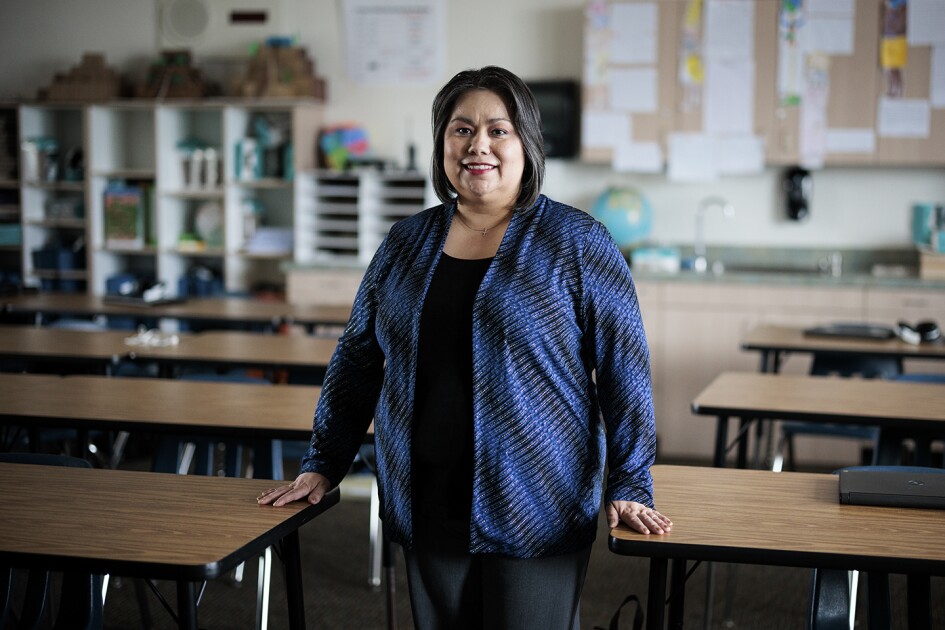Families of means are so determined to help their kids acquire skills for lifelong success that they’ll spend what they can, opening up a skyrocketing gap between what parents in the top income bracket and those in the bottom spend on their kids’ educational enrichment. As children grow, those gaps widen significantly.
This illustration from The After-School Corporation, the organization I lead, shows how that gap grows in terms of children’s experiences, as well as the money and time spent on their education.
Over the last 40 years, as economists have tracked growing inequality between what families in the top and bottom income brackets spend on their kids’ learning overall, so, too, has the gap in learning time grown. The world and the workplace have changed dramatically, but the six-hour-a-day, 180-day-a-year school schedule hardly at all.
Cities and states must support expanded learning and accelerate progress toward closing these gaps. They should streamline their public-funding requirements and reporting processes to afford schools and their community partners easier access to resources, and increase per-pupil allocations to school that expand learning time with community partners.








